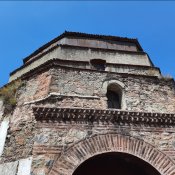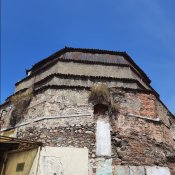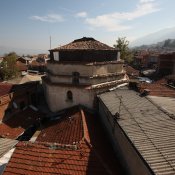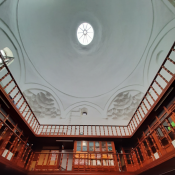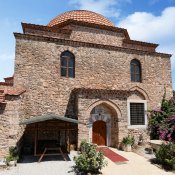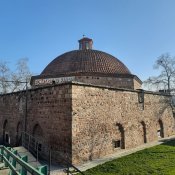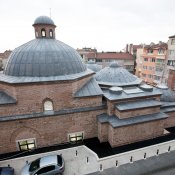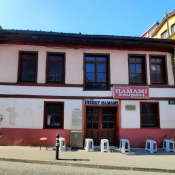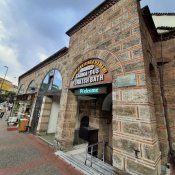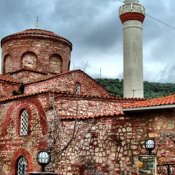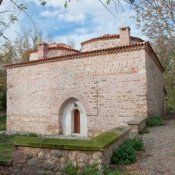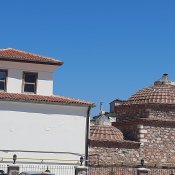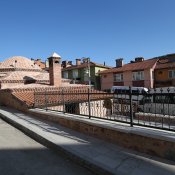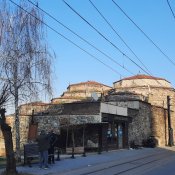Davut Pasha Turkish Bath
Davut Pasha Turkish Bath
This hamam, or public bath, was built in 1485 by Davut Pasha, grand vizier of Sultan Bayezid II, with the purpose to provide income to “Davutpasha” mosque in Istanbul. This hamam is known as a “çarşı hamam”, i.e. situated within a bazaar. As it is situated within Historical Bursa “Batpazarı”, it is also called “Batpazarı Hamam”.
“Davutpasha” Hamam is a medium-scale, “single” hamam. It is drawing attention with its architecture, which was innovative for the period when it was built. This structure consists of a cool room (frigidarium) (changing cubicle), a warm room (tepidarium), and a hot room (caldarium) section, as well as of washing cells, a water reservoir and a “kulhan” (or boiler oven) section.
This hamam’s cool room section is a spacious room built with an octangular plan, thus it is different from the classical Ottoman hamam structures, where we are used to find cool room (changing cubicle) sections built with either a square or a rectangular plan. “Davutpasha” hamam was renovated in 1544, 1570, 1571, 1785, and in 1903.



